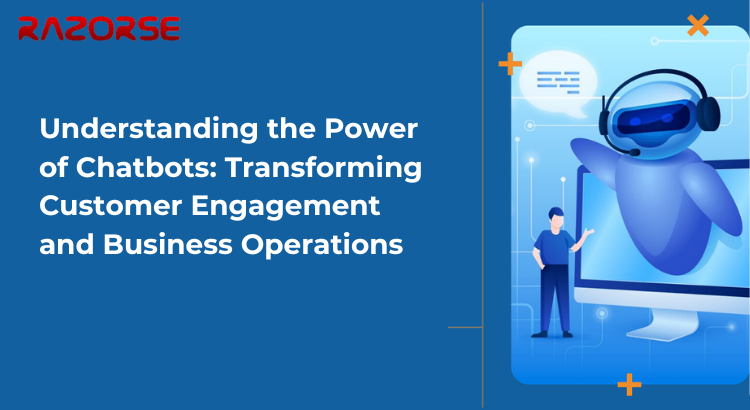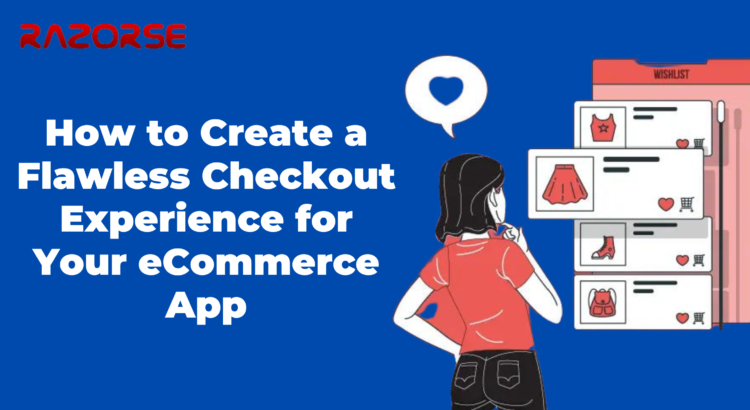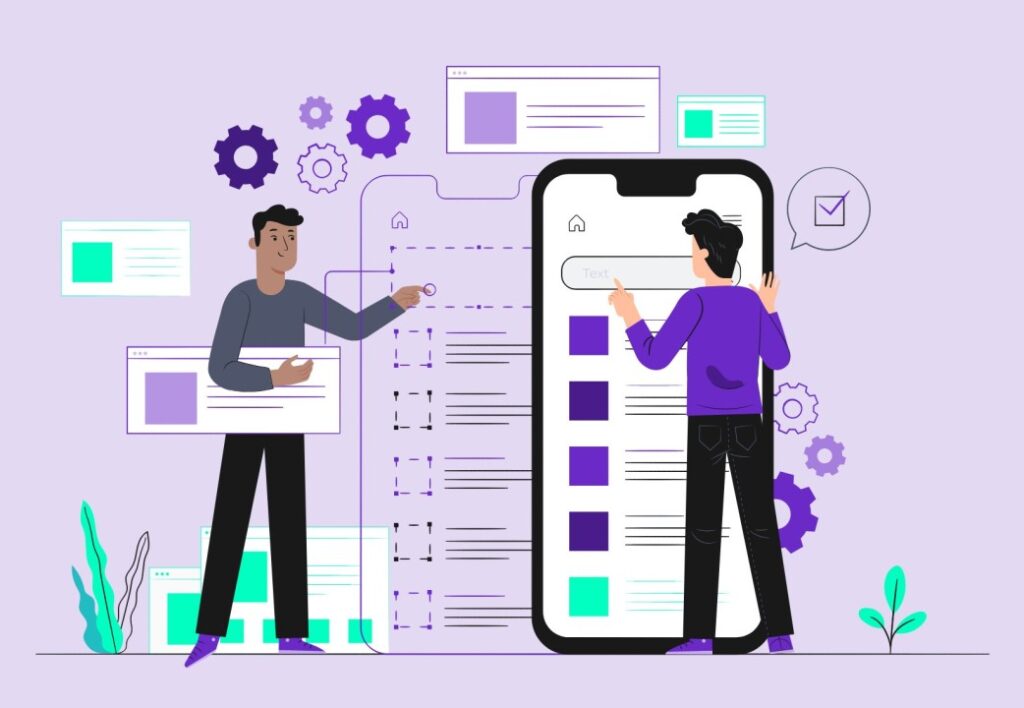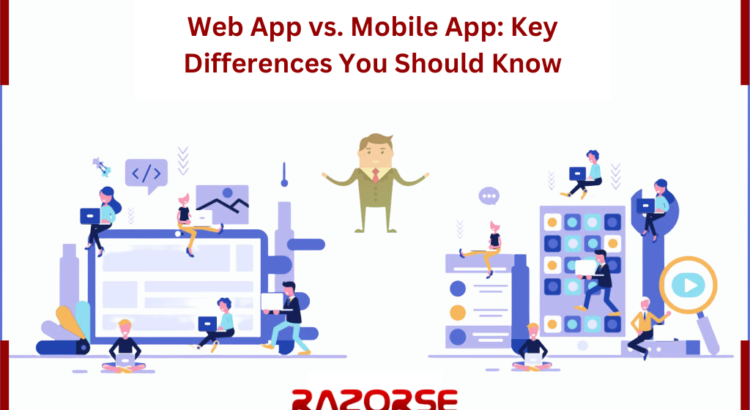In an increasingly digital world, businesses are constantly seeking ways to improve customer engagement, streamline operations, and enhance overall efficiency. One technology that has emerged as a game-changer in achieving these goals is the chatbot. Powered by artificial intelligence (AI) and natural language processing (NLP), chatbots have revolutionized how companies interact with their customers, providing instant, personalized, and efficient support around the clock. This blog explores the power of chatbots and how they are transforming customer engagement and business operations.
What Are Chatbots?
Chatbots are AI-driven software applications designed to simulate human-like conversations with users. They can be integrated into various platforms, including websites, mobile apps, social media, and messaging services. These virtual assistants can understand and respond to text or voice inputs, making them versatile tools for a wide range of industries.
ALSO READ:- Chatbots for Knowledge Base: Advantages, Applications, and Development Guidelines!
There are two primary types of chatbots:
- Rule-Based Chatbots: These chatbots follow a predefined set of rules and can only respond to specific commands. They are typically used for simple tasks like answering frequently asked questions (FAQs) or providing basic information.
- AI-Powered Chatbots: These are more sophisticated and leverage machine learning and NLP to understand and respond to a wider range of inputs. AI-powered chatbots can handle complex interactions, learn from previous conversations, and improve over time.
Several factors have contributed to the rise of chatbots in business:
- 24/7 Availability: One of the key advantages of chatbots is their ability to provide round-the-clock support. Unlike human agents, chatbots can handle customer inquiries at any time of day, ensuring that customers receive timely assistance regardless of their time zone.
- Cost-Efficiency: Chatbots can significantly reduce operational costs by automating repetitive tasks and reducing the need for large customer service teams. Businesses can allocate resources more efficiently and focus on more complex and value-added activities.
- Improved Customer Experience: Chatbots enhance customer experience by providing quick and accurate responses to inquiries. They can also offer personalized recommendations based on user preferences and past interactions, creating a more tailored experience.
- Scalability: Chatbots can handle multiple conversations simultaneously, making them ideal for businesses experiencing high volumes of customer interactions. This scalability ensures that no customer is left waiting, even during peak times.
- Data Collection and Analysis: Chatbots can collect valuable data from customer interactions, providing insights into customer behavior, preferences, and pain points. This data can be used to improve products, services, and marketing strategies.
- Applications of Chatbots Across Industries
- Chatbots have found applications in various industries, each leveraging the technology to address specific needs and challenges. Here are some examples of how different sectors are utilizing chatbots:
- E-Commerce and Retail: In the e-commerce sector, chatbots are used to assist customers with product recommendations, order tracking, and returns. They can also handle inquiries about product availability, pricing, and promotions, enhancing the shopping experience.
- Banking and Finance: Financial institutions use chatbots to provide customers with account information, transaction history, and financial advice. Chatbots can also help with loan applications, fraud detection, and investment recommendations.
- Healthcare: In healthcare, chatbots are used to provide patients with medical information, appointment scheduling, and medication reminders. They can also assist with symptom checking and triage, directing patients to the appropriate healthcare provider.
- Travel and Hospitality: Chatbots in the travel industry assist customers with booking flights, hotels, and rental cars. They can also provide real-time updates on travel itineraries, weather conditions, and local attractions.
- Customer Support: Across various industries, chatbots are used to handle customer support inquiries, troubleshoot issues, and provide technical assistance. They can also escalate complex issues to human agents when necessary.
The Future of Chatbots
The future of chatbots looks promising, with continued advancements in AI and NLP driving further innovation. As chatbots become more intelligent and capable, we can expect to see even greater integration into various aspects of business operations.
Some trends to watch for in the coming years include:
Voice-Activated Chatbots: With the rise of voice assistants like Siri and Alexa, voice-activated chatbots are becoming more prevalent. These chatbots offer a hands-free experience, making them ideal for tasks like setting reminders, controlling smart devices, and providing real-time information.
Integration with Other Technologies: Chatbots are increasingly being integrated with other technologies, such as virtual reality (VR), augmented reality (AR), and the Internet of Things (IoT). These integrations will open up new possibilities for customer engagement and service delivery.
Emotionally Intelligent Chatbots: The development of emotionally intelligent chatbots that can recognize and respond to human emotions is an exciting frontier. These chatbots could offer more empathetic and personalized interactions, enhancing the overall customer experience.
Conclusion
Chatbots have proven to be powerful tools for enhancing customer engagement and streamlining business operations. As AI and NLP technologies continue to evolve, chatbots will play an increasingly important role in the digital landscape. For businesses looking to stay ahead of the curve, investing in chatbot technology is not just an option-it’s a necessity. By embracing the power of chatbots, companies can deliver better customer experiences, improve operational efficiency, and ultimately achieve greater success in today’s competitive market.
If you’re interested in integrating chatbot solutions into your business, Razorse Software offers cutting-edge chatbot development services tailored to your specific needs. Contact us today to learn more about how we can help you harness the power of chatbots to drive your business forward.






